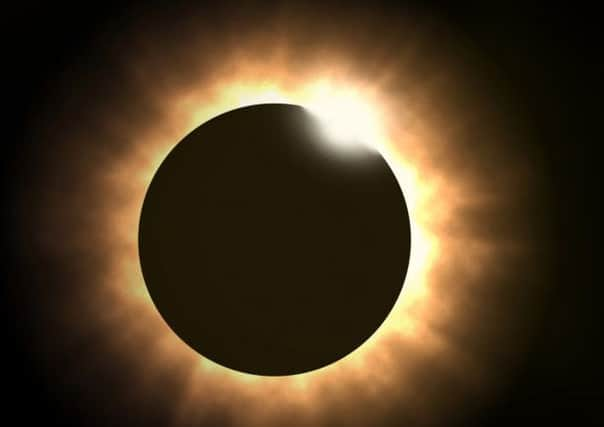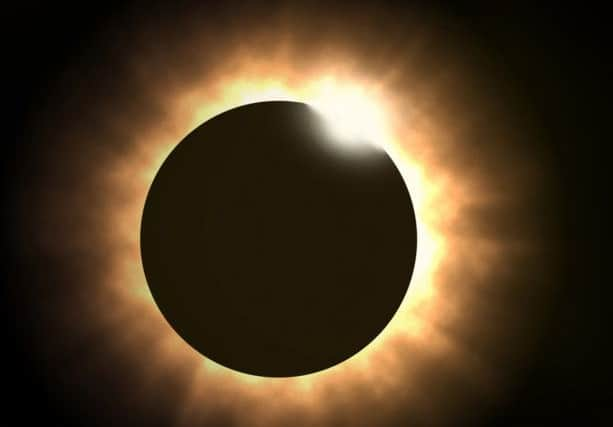Five tips for watching the eclipse


From 9.30am the moon will pass in front of the sun for the first time in 15 years, however staring at the partial eclipse could cause permanent damage to your eyesight.
Looking at the sun directly for even a few seconds is incredibly dangerous. Radiation emitted by the sun is so powerful that it can burn the vision sensitive layers within the eye known as the retina, potentially causing irreversible blurry vision and blind spots.
Advertisement
Hide AdAdvertisement
Hide AdStephen Hannan, director of clinical services at Optical Express, has revealed his top five tips for making the most of the solar eclipse – whilst keeping your eyes safe.


1. Never look at the sun directly – even with your sunglasses on.
“Sunglasses that are dark or tinted may look like they will shade your eyes, but they don’t offer the level of protection required to prevent damage,” Stephen said. “Special solar glasses are available but ensure they bear the CE kitemark, which means they meet the required safety standards, and that the lenses of the glasses are not scratched.”
2. Forget using instruments such as binoculars, telescopes or cameras to view the sun.
“There is no safe system to directly view an eclipse,” Stephen said. “Professional solar filters are available but unless you are absolutely sure you know how to use them correctly, your eyes remain at risk.”
3. Try making a pinhole projector.
“A pinhole projector is the only safe way to see the solar eclipse – and it is free,” Stephen said. He suggests making a small hole in a piece of card using needle, compass or other sharp instrument. Standing with your back to the Sun, position another white card behind the one with the pinhole so that the Sun projects an image onto it.
4. If taking a photograph with a camera or smartphone ensure you refer to the manufacturer’s advice on using the correct filters to protect your equipment – and don’t look through the lens.
He warns: “One of the biggest dangers of taking photographs is looking through the lens of your camera or device while trying to get the perfect shot.”
5. Watch the footage of the eclipse on TV.
“It might sound boring but the safest way to see the eclipse is to view it indirectly from the comfort of your home,” Stephen said.